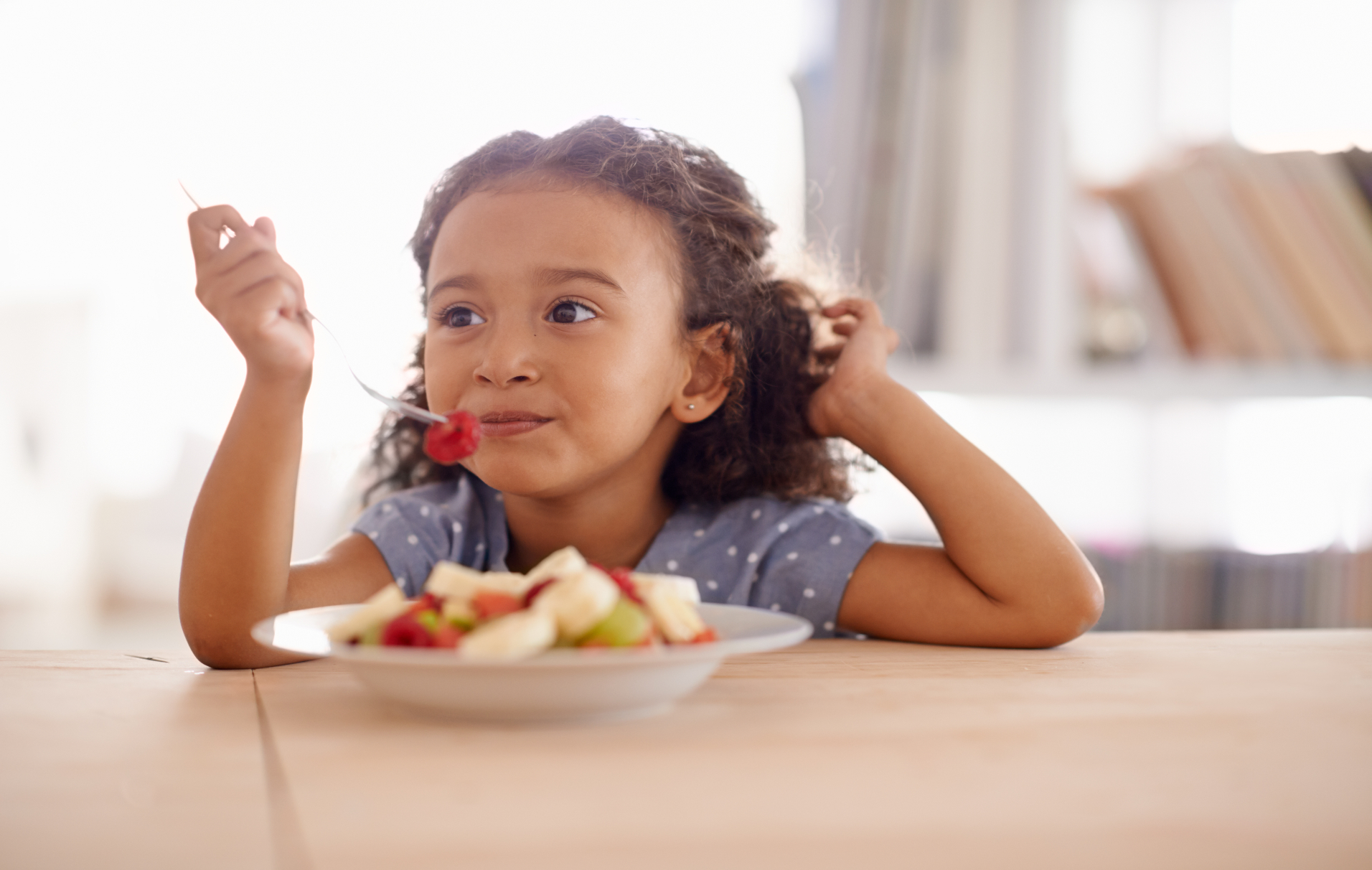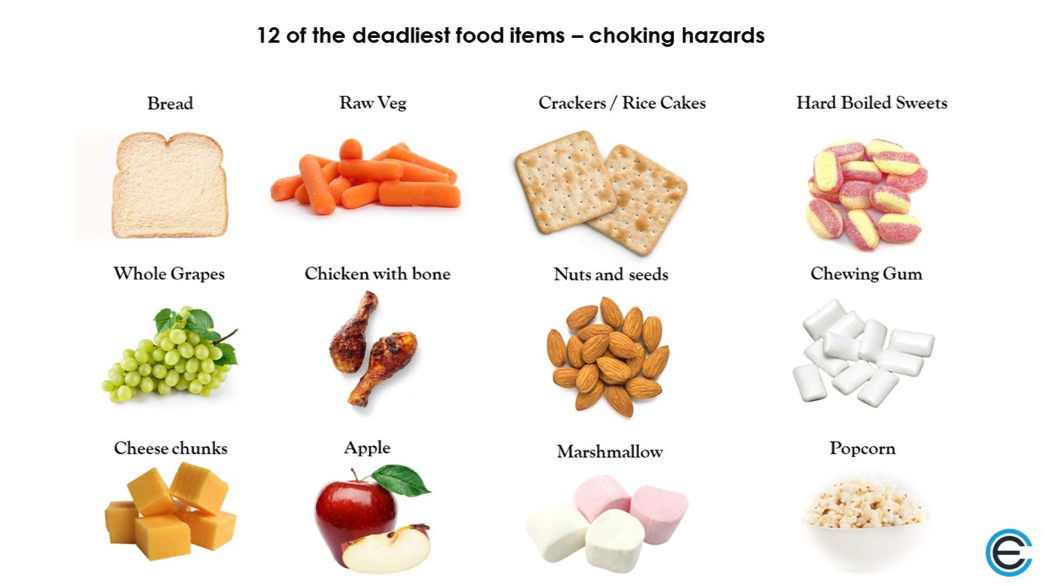12 of the deadliest food choking hazards for children


Along with small toys, food items are the most common cause of choking incidents amongst children, and experts at CE Safety want parents to be aware of the risks.
A total of 351 people die each year as a result of choking incidents, and experts are raising awareness for parents of young children.
A spokesperson for CE Safety said: ‘Choking is a serious risk and is something that can be prevented.
‘It is important to be aware of the size of items located near to a child as it is highly likely they will pick up any items nearby and place this in their mouth.’
Read more: What do to if your baby or child is choking
Their UK study revealed that 40 under-5s are rushed to hospital every day after choking or swallowing something dangerous, and 14 children under the age of 5 have died as a result of this over the past four years.
Swallowing food items and toys is the biggest cause of choking deaths and accidents in the UK, and something that can be prevented with the correct first aid training.
GoodtoKnow Newsletter
Parenting advice, hot topics, best buys and family finance tips delivered straight to your inbox.
Below is the full list of foods identified by experts in the study. These include bread, raw vegetables, nuts and seeds, and chewing gum.
Some of these food items may be surprising, so here's what CE Safety says about each of the food items.

Bread
Potentially one of the lesser known choking hazards - white bread often forms large pasty textures in the back of the throat and can very quickly become stuck, causing breathing difficulties and potentially choking.
Raw vegetables
Round and hard foods are extremely dangerous for young children – pieces of raw carrot, celery and broccoli should be cut into small pieces for children, as they can be easily lodged in the back of the throat.
Crackers / rice cakes
Foods with coarse textures can be extremely dangerous to young children, particularly dry foods that can't be easily broken down. Crackers and rice cakes have hard edges that can also scratch and damage the inside of the throat.
Hard boiled sweets
Any sort of hard sweet is a hazard and there's a high chance it will become trapped in a child's airway. As children struggle to break down any food that doesn't dissolve quickly, CE Safety recommend anything of this texture should be avoided.
Whole grapes
The texture of grapes may seem harmless, but they are incredibly dangerous and pose a huge choking risk if children swallow them whole. The size and shape of grapes means that they can completely plug a child's airways, with the tight seal produced by the fruit’s smooth, flexible surface making them tricky to shift with first aid manoeuvres. Experts recommend parents cut grapes in half or quarters to make them easier for children to eat safely.
Chicken with bone
Bones are incredibly harmful to children if they become wedged, but unfortunately bones can be hidden in boneless meats - always check thoroughly before giving any meat to a child.
Nuts and seeds
If children still haven't had their molars through, their ability to grind down food can be completely impaired. Any small, hard foods such as nuts and seeds should be avoided.
Chewing gum
Chewing gum presents a huge risk, the sticky texture and frequent chewing motion means children can often get it stuck in the back of their throat. Some children may be tempted to swallow, which leads to the gum blocking their windpipe.
Cheese cubes
Even if the pieces of cheese have been cut into small chunks, they still pose a huge choking hazard. Due to its hard texture, cheese can easily become wedged in the back of a child's throat causing their airway to become blocked.
Apple
Apples, particularly the apple skin pose a huge risk to children as they can easily become stuck in the back of their throat and the skin is airtight. For very young children, it's worth avoiding fruit with seeds such as watermelons, oranges and cherries.
Marshmallows
Although soft in texture, marshmallows can often glob together and cause a high choking risk. They expand in the throat making it a high choking risk. If left unsupervised for a matter of seconds, children can also be tempted to put the whole thing in their mouth, blocking their airways entirely.
Popcorn
Hard and crunchy foods such as popcorn can easily get stuck in your child's throat, even toddler's with fairly competent eating habits shouldn't be given this food - un-popped corn kernels are incredibly hard and can easily become lodged in airways. Its texture is a danger as other food products can stick to the popcorn and create a larger block of the airway which could be fatal.
In 2016, a toddler died due to choking on popcorn, and his family have been raising awareness of potentially dangerous foods and other choking hazards.
This year, parents were also reminded that mini eggs are not suitable for children under four due to several children choking to death.
The NHS advise introducing solid foods into your child’s diet at around 6 months, but you should always be in the room when they’re eating to make sure they’re chewing and swallowing properly.
According to St John's Ambulance, 40 per cent of parents have witnessed their own baby choking, and almost four fifths don't know what to do in this situation.
CE Safety have said that the size of a young child's trachea (aka windpipe) is approximately the size of a drinking straw in diameter. Anything larger than this can get stuck, causing them to choke.
If you're concerned about anything, you can buy a choke tester which allows you to measure food or toy products. If they fit inside the device, that means it’s a hazard. With proper first aid training and awareness of food safety, hopefully these incidents will be a lot less frequent.

Lucy Buglass is a Digital Writer for What's on TV, Goodto.com, and Woman&Home. After finishing her degree in Film Studies at Oxford Brookes University she moved to London to begin her career. She's passionate about entertainment and spends most of her free time watching Netflix series, BBC dramas, or going to the cinema to catch the latest film releases.